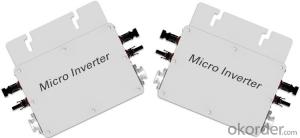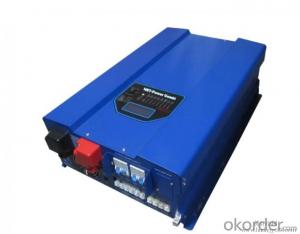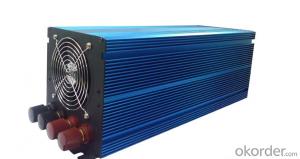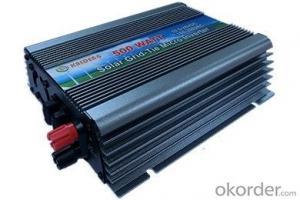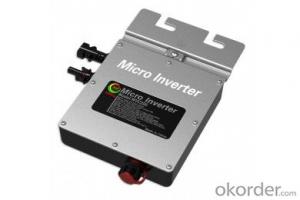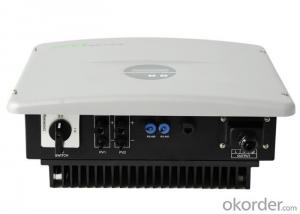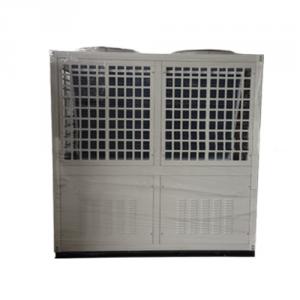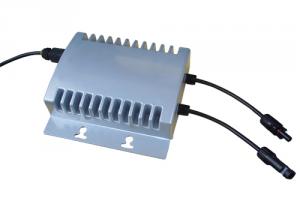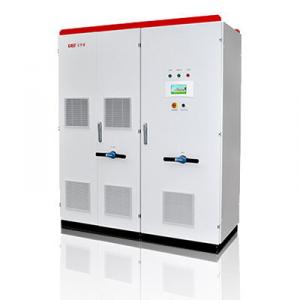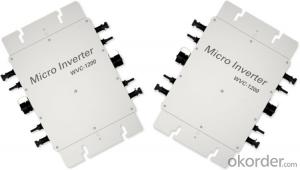Solar Micro Inverter Market
Solar Micro Inverter Market Related Searches
Global Solar Inverter Market Solar Inverter Market Size Solar Micro Inverter Solar Hybrid Inverter Market Solar Micro Inverter Price Solar Smart Micro Inverter Micro Solar Inverter Solar Micro Inverter Circuit Solar Cell Micro Inverter Best Solar Micro Inverter Micro Solar Inverter Price Solar Micro Inverter Cost Micro Inverter Solar Solar Panel Micro Inverter Solar Micro Inverter Companies Cheap Solar Micro Inverter Solar Micro Inverter System Micro Inverter For Solar Panel Solar Pv Inverter Market Lg Solar Micro Inverter Microtek Solar Inverter Tesla Solar Micro Inverter Solar Solar Inverter Micro Inverter Solar Panel Ti Solar Micro Inverter Micro Inverter Solar Kit Solar Panels Micro Inverter Solar Mini Inverter Solar Inverter Makro Sma Solar Micro InverterSolar Micro Inverter Market Supplier & Manufacturer from China
The Solar Micro Inverter Market encompasses a range of products that are designed to optimize the performance of solar panels by converting the direct current (DC) generated by the panels into alternating current (AC) that can be used in homes and businesses. These micro inverters are known for their efficiency, reliability, and ability to maximize energy output, making them an essential component in the solar energy industry. They are particularly useful in scenarios where shading or other factors may affect the performance of individual solar panels, as each panel can be optimized independently.The application and usage scenarios of solar micro inverters are vast, as they are utilized in both residential and commercial settings. They are commonly found in rooftop solar installations, where they help to overcome the limitations of traditional string inverters by allowing each solar panel to operate at its maximum potential. This results in increased energy production and reduced system downtime. Additionally, solar micro inverters are used in off-grid applications, such as solar-powered lighting systems and remote monitoring stations, where reliable power supply is crucial.
Okorder.com is a leading wholesale supplier of solar micro inverters, boasting a large inventory that caters to the diverse needs of the solar energy market. As a trusted source for high-quality products, Okorder.com offers a comprehensive selection of solar micro inverters from various reputable manufacturers. This ensures that customers can find the right solution for their specific requirements, whether they are looking for cost-effective options or advanced, high-performance models. With a commitment to customer satisfaction and a focus on providing the latest technology, Okorder.com is a go-to destination for those seeking to invest in solar micro inverters.
Hot Products

